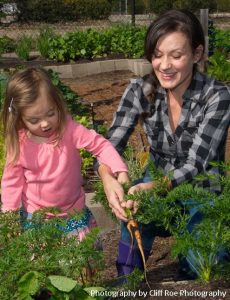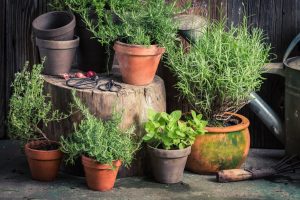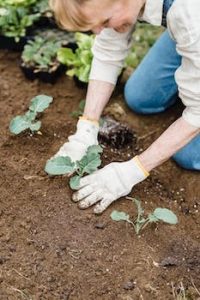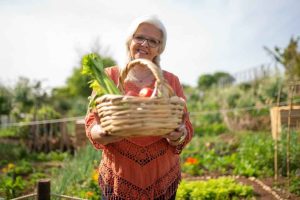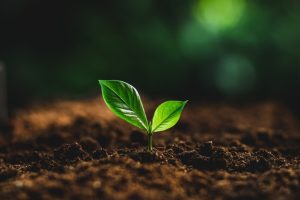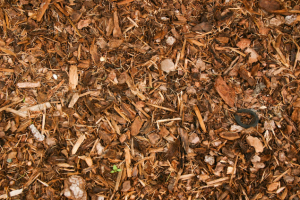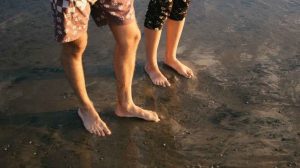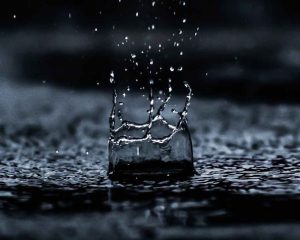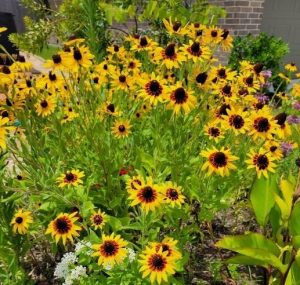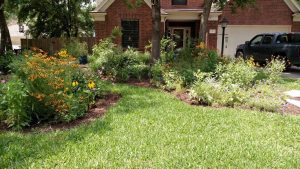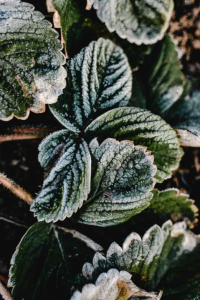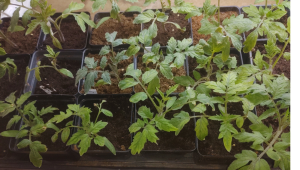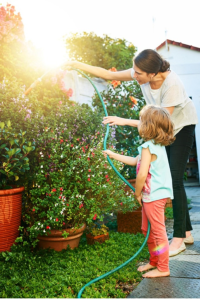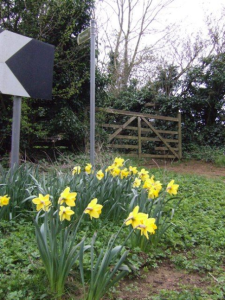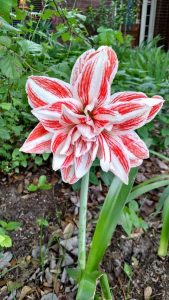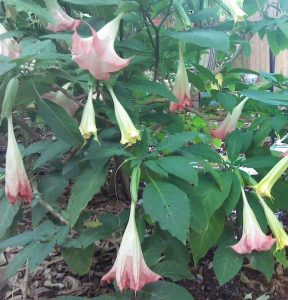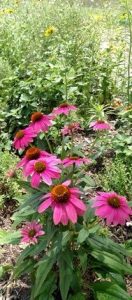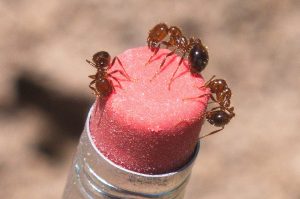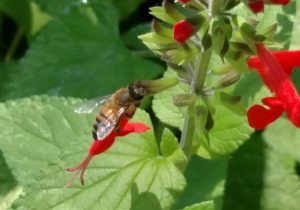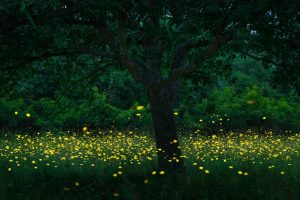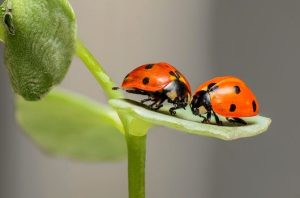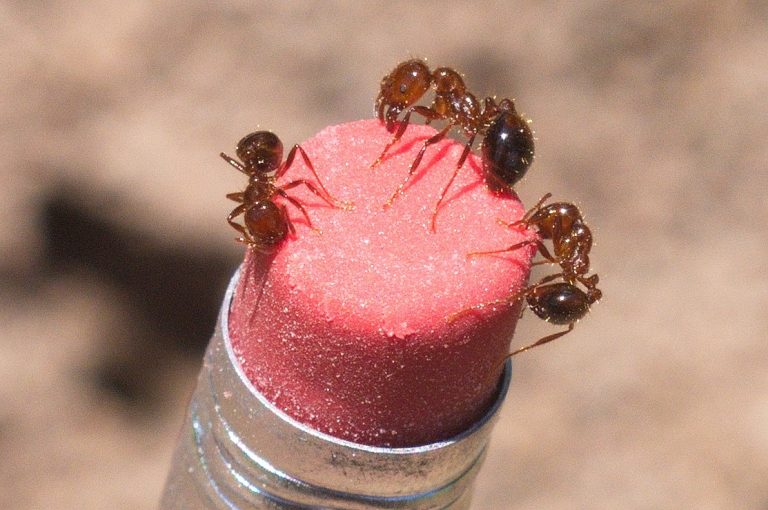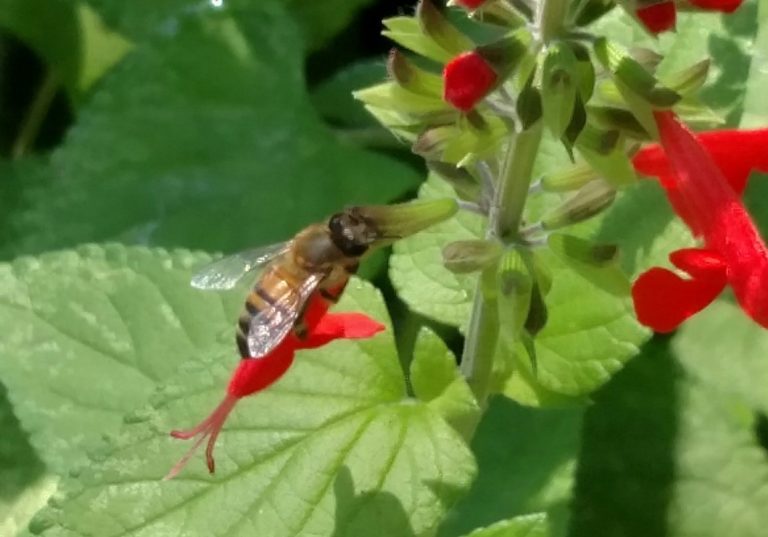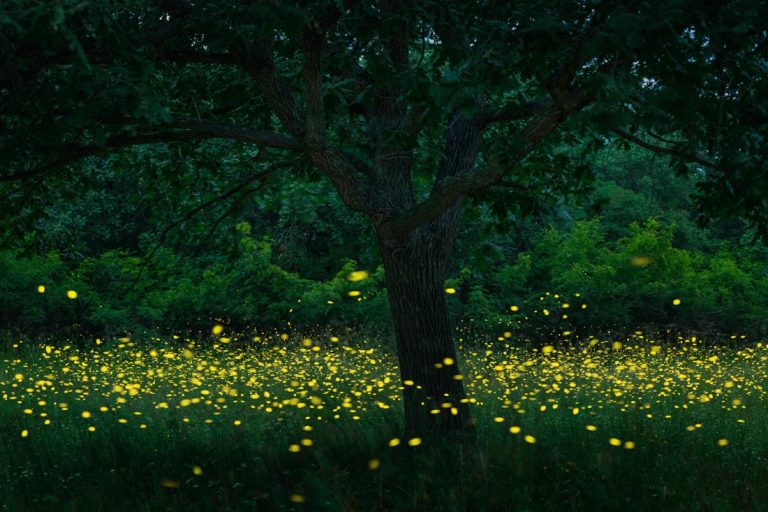There are over 5,000,000 acres of turf grass grown along the Gulf Coast. All are warm-season turf grass, each with its own characteristics and its own pros and cons. Others, like buffalo grass – although considered a warm-season grass – do not do well in Gulf Coast lawns. There are, however, three types of grass which grow reasonably well here.
Bermuda grass
If you’re new to the area, and want to see what Bermuda grass looks like, go to the nearest sports field. Sports fields usually have one of two types of surfaces. One is artificial turf. The other is Bermuda grass. The chief advantage of this turf grass is it has few disease or insect problems and, although it is a warm-season grass, it is more cold tolerant than other warm- season grasses. However, the main requirement for Bermuda grass is that it needs full sun. It is also much more tolerant of traffic than other types.
One disadvantage is that it does not tolerate shade, it turns brown after the first frost. However, just because it turns brown after the first frost, it is still alive but dormant. It will return to green in the early spring. Many gardeners (including myself) despise Bermuda grass because it is aggressive, quickly invades garden beds and is a devil to remove.
Bermuda grass needs about one inch of water a week during the growing season (April-October). That includes rainwater. So, if it rains an inch this week, you don’t have to water it at all – good news on your water bill. In fact, the three warm-season grasses mentioned here go dormant in the winter. Here is an example of a lawn that has not been artificially watered in over 2 years.
St. Augustine grass
St. Augustine is the most commonly used turf grass along the Gulf Coast.It is relatively shade-tolerant and may remain green but dormant throughout most winters here. Like Bermuda grass, it does need a lot of water (about one inch a week). It is the most tolerant of salt water, which can be a boon during hurricane season.
This turf grass is susceptible to disease and insect damage, its two major disadvantages.
Zoysia
Zoysia grass is becoming more and more popular among residents along the Gulf Coast. It’s almost as shade-tolerant as St. Augustine and has few disease or insect problems, Zoysia also requires much less water than either St. Augustine or Bermuda grass and it tends to be more wear-resistant than either of the two other grasses.
A disadvantage is that it is the earliest turf to turn brown at the first frost. It is also the last to green up in the spring.
When to sod
Although theoretically, all three grasses can be sodded anytime, the very best times to sod are late October and early April. Those months are cooler than our hotter late spring and summer and allow the grass roots more time to grow without the stress of extremes of temperature.



